When you buy safety shoes for working, apart from the design, functions and price you may need to consider what type of outsole is best suit for your operations. You will see different outsole types for shoes when browsing our catalogue. This short article is intended to help you choose the right outsole type for your application as a very quick guide.
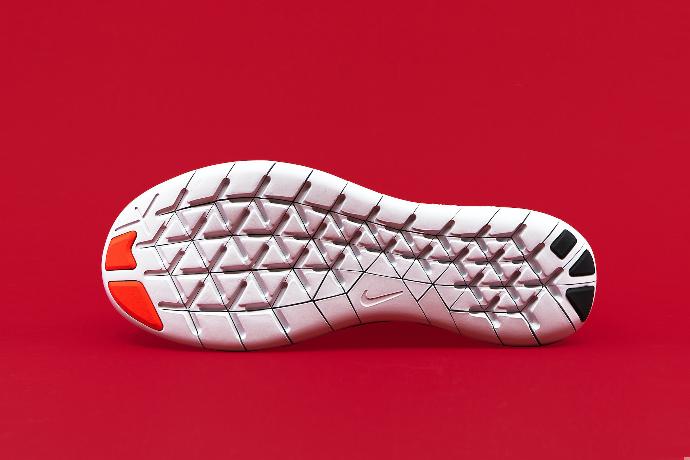
Polyurethane (PU)
PU is the abbreviation for polyurethane. PU sole has lower density than other soles along with a soft texture and high elasticity. This makes it perfect for foot comfort. It not only provides great wear and tear resistance but also has good bending resistance and high hardness along with great shock absorption.
There are two types of PU outsoles that we deliver. Mono layer is indicated with PU and Dual PU.
- PU outsole is produced in one single density. The beauty of this material is its relatively light weight and comfortable. Safety shoes made of PU are light, non-slip, shock-absorbing, and have good comfort and plasticity, but they are not resistant to hydrolysis, high temperature, and strong acid and alkali. Its resistant temperature ranged from -10 to 130°C. It is recommended for indoor and not very challenging workplaces.
- Dual PU is a double density PU profile outsole. In addition to the advantages of PU outsoles Dual PU provides antistatic performance. The higher density outsole provides good grip for slip resistant while the soft PU midsole provides good impact absorption and comfortable wearing experience. It is recommended for both indoor and outdoor, but not suggested for contact with chemical agent, especially strong acids.
PU is also used as a midsole for a larger different type of outsole combining its great antishock performance and light weight with protective properties of other materials.
Rubber
Rubber is a product extracted from trees. Its not resistant to cold temperature. But upon adding additive, such as nitrile gives the material some other technical properties, such as heat resistance. Rubber outsole is sturdy with the temperature resistant ranged from -30 to 300°C. It has longer storage property and is known for great slip resistance. It is also resistant to fuel, oil microbes and numerous chemicals.
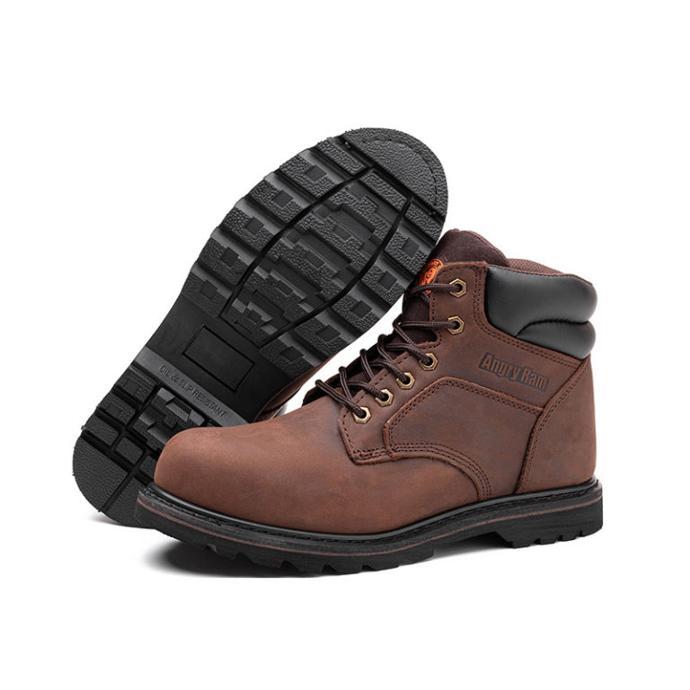
Rubber-soled safety shoes are a traditional safety sole. Compared with the PU outsole in terms of acid and alkali resistance, wear-resistance and high-temperature resistance, and cutting resistance, the rubber’s wear resistance and anti-skid properties are also very good. High-temperature protection. In particular, virgin rubber has absolute advantages, but at the same time, it is relatively bulky. Search for combination of PU + Rubber for lighter shoes. Rubber and PU+Rubber outsoles are recommended for both indoor and outdoor, in contact with hydrocarbons, chemicals, acids and hot surfaces.
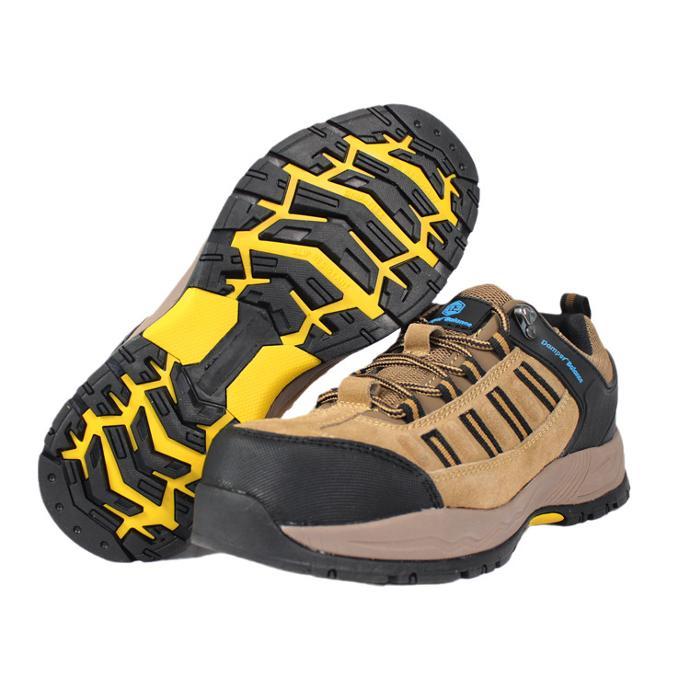
EVA + Rubber
EVA is the abbreviation for Ethylene-vinyl Acetate, it’s an insulated foam which is elastic and with good cushioning property. Such material is easily be found in sports shoes. For safety shoes, its usually used in the midsole. With its lightweight property, its usually placed in-between the upper and rubber outsole to provide shock absorption and comfortable wearing experience. It is recommended for both indoor and outdoor, in contact with hydrocarbons, chemicals, acids and hot surface.
Polyvinyl Chloride (PVC)
It is a thermoplastic material usually used to produce rubber boots. It has a good resistance to strong chemical agents, such as acids. Also, it is good in resistance to cold temperatures ranging from -5 to -20°C but not high temperature, maximum at 100°C. The slip resistant is less promising compared to other outsole materials.
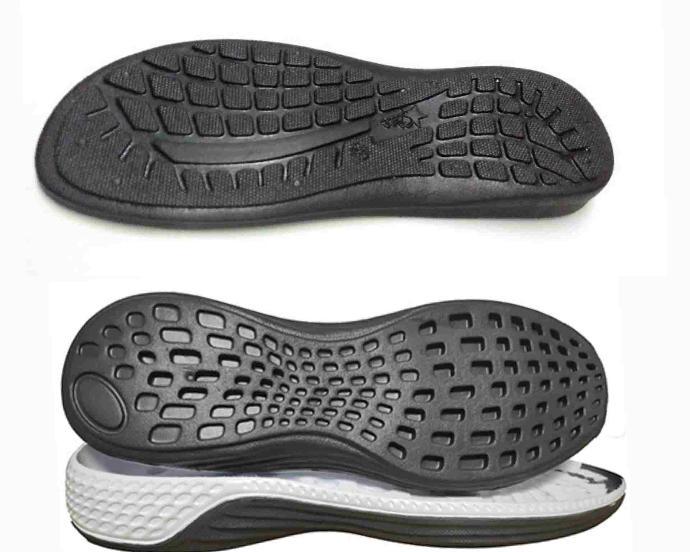
The above materials and properties are the most common outsoles for safety shoes. We hope this information will help to find a solution for your needs and requirements and you can identify suitable safety shoes to protect your feet at the workplace.
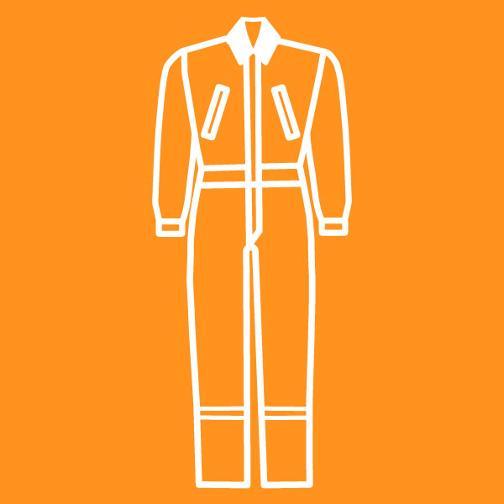
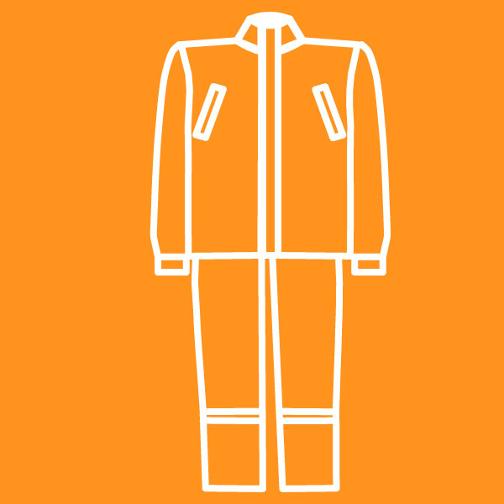
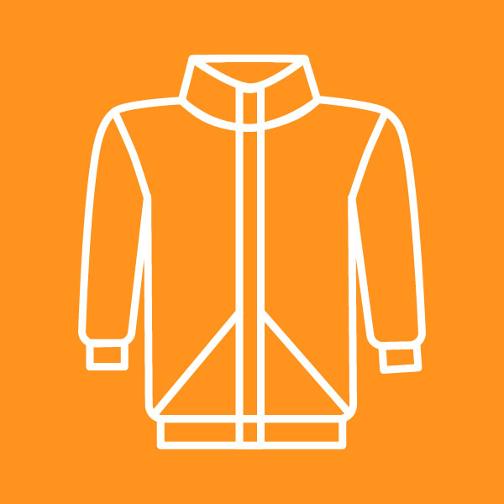
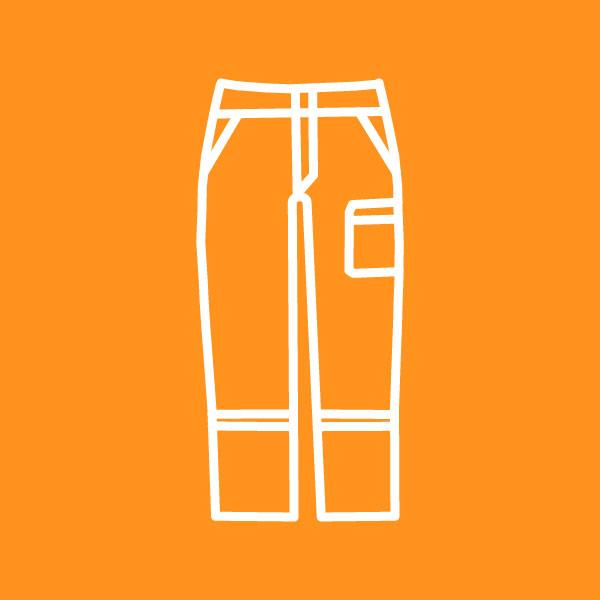

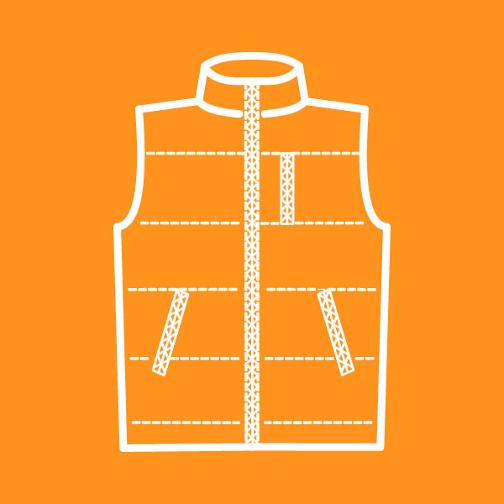







What Outsole is Best for your Safety Shoes?